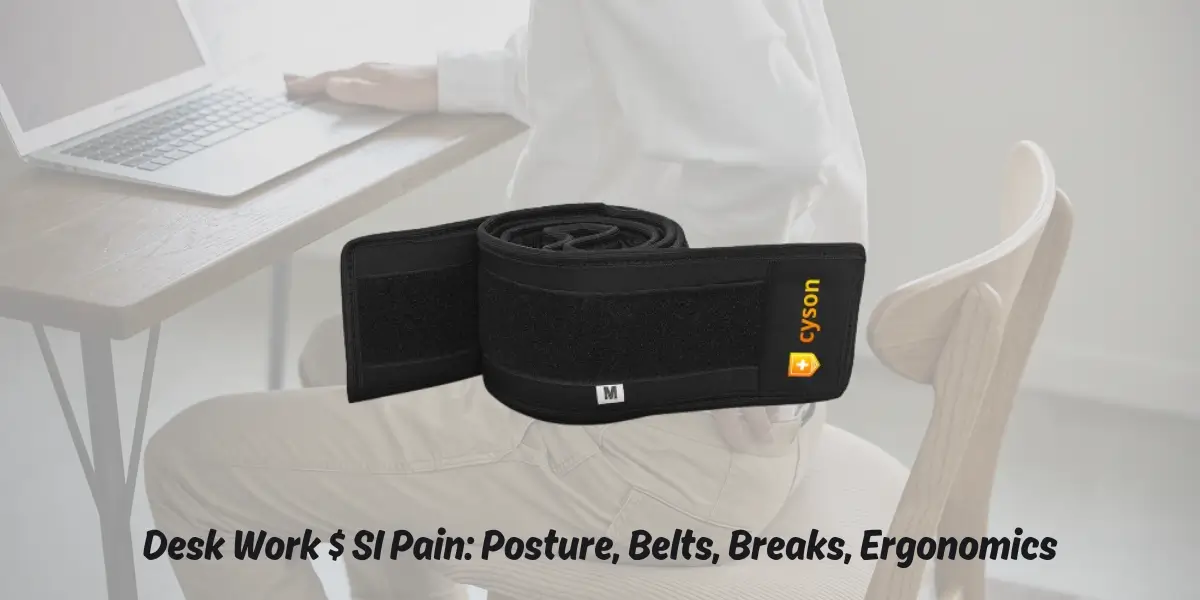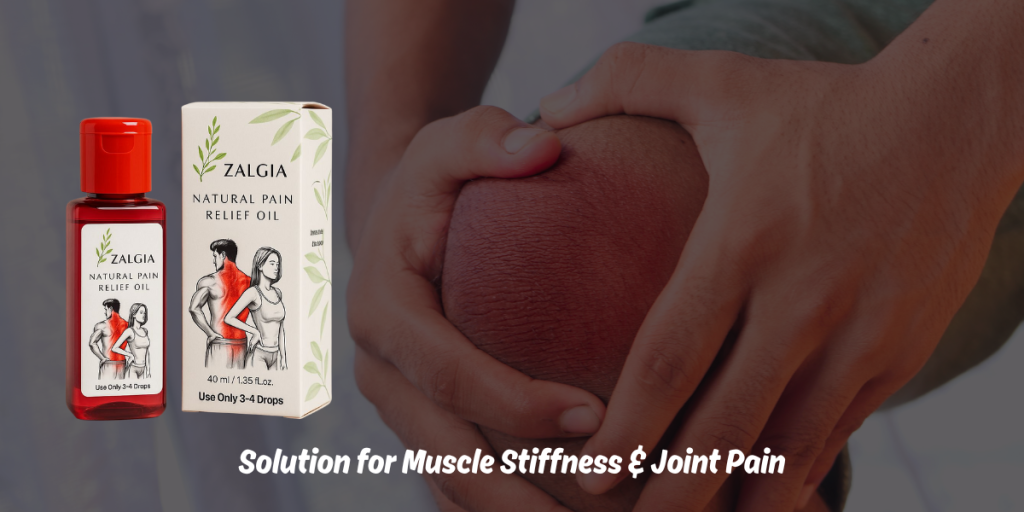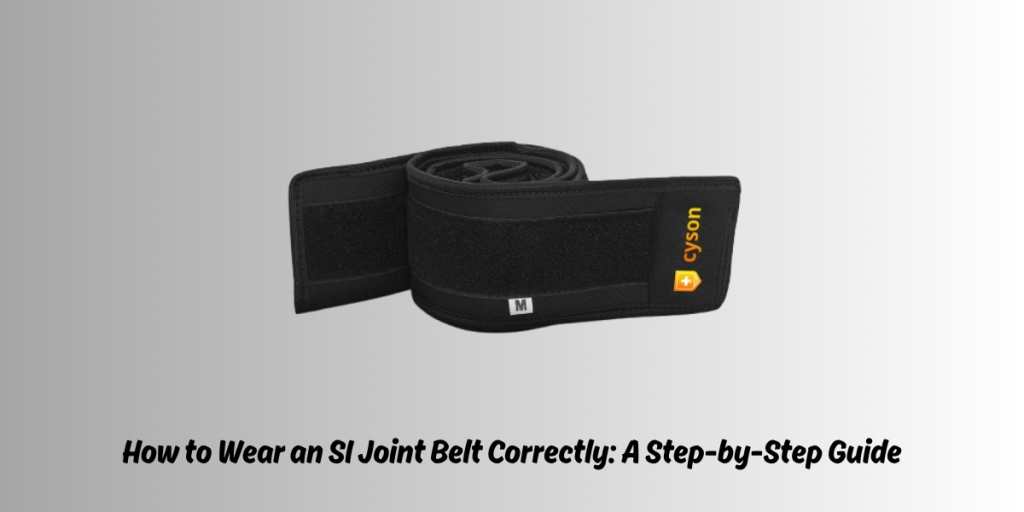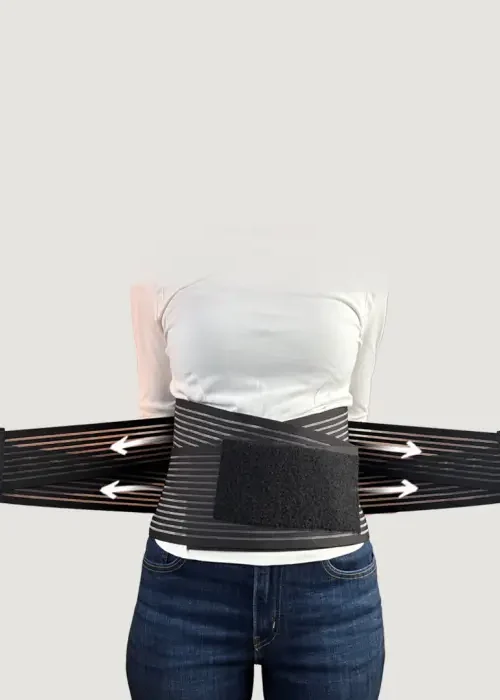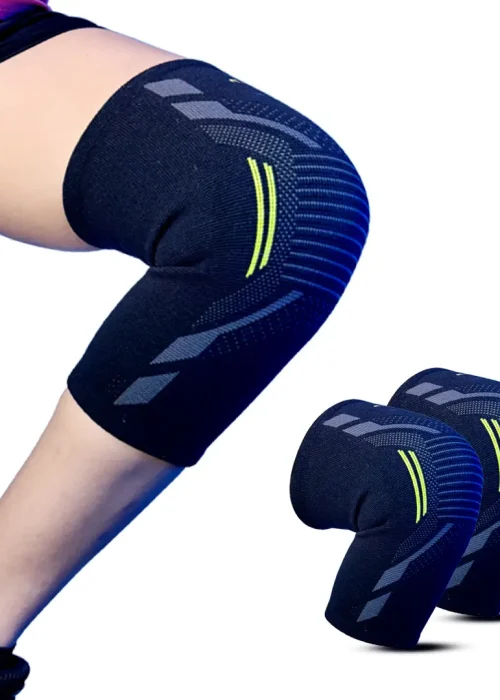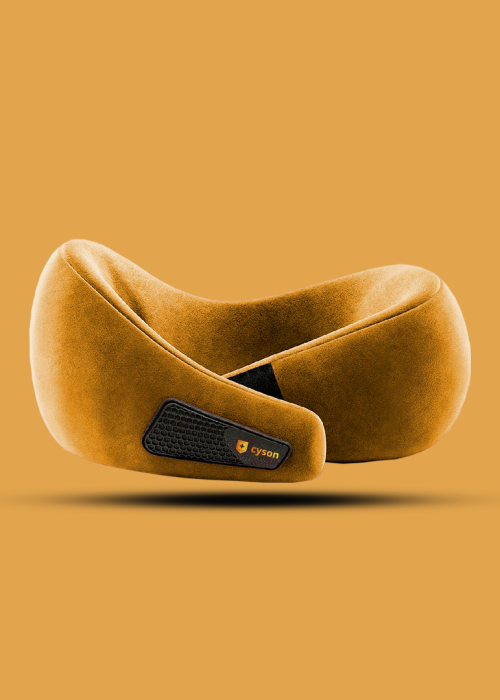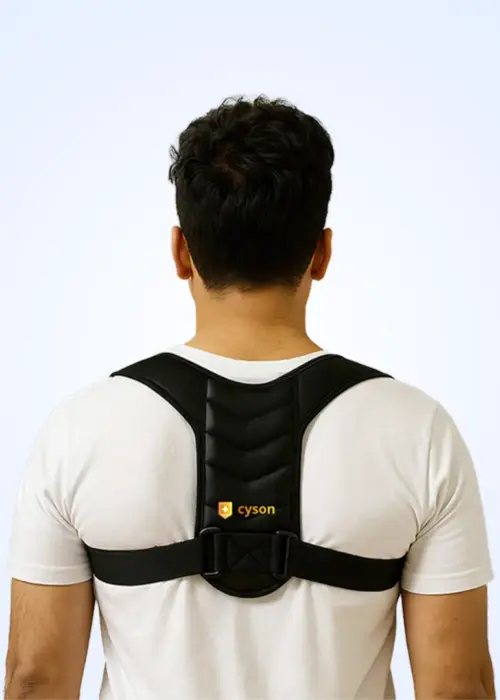Why Your SI Joint Matters
If you work for long periods working at your desk and you’ve felt the nagging discomfort in your hips, lower back or. It’s usually due to the sacroiliac (SI) joint – the joint that connects your pelvis to your spine. It’s simple to ignore until it becomes uncomfortable to do everyday tasks difficult. It’s a good thing that small adjustments to the way you sit, your breaks, as well as your workspace, will make a significant change.
Posture: The First Step
Posture is a major factor for SI joints’ health. Slouching or leaning forward, or standing with your pelvis tilted, can put extra stress on the SI joint. Below are a few useful guidelines:
- Place both feet on the floor, or rest them on the footrest.
- Your knees must be at 90 degrees.
- Relax all the way in the back, making sure your lower back can be supported.
- Do not cross your legs for extended periods of time – it can cause pelvic twists.
Making even small adjustments, for example, relaxing fully into your chair, will help reduce tension in your lower back.
Using an SI Belt
A SI belt could be an effective tool for those who are already experiencing discomfort. It helps stabilise the pelvis and reduces tension on your SI joint. Remember these tips:
- The belt should be placed just over your hips. Then, tighten it over your pelvis.
- It is a good choice for prolonged periods of sitting or during other activities that stress your back.
- Be careful not to overtighten. This is important to support and not limit.
A belt is a way to support the joint, but it cannot replace good posture or normal movement.
Take Breaks – Your SI Joint Will Thank You
Letting your body sit for too long can be one of the major causes of discomfort. Regular breaks help:
- Stretch and stand up every 30 to 45 minutes.
- Do a little walking around for several minutes to release tension.
- The gentle lower back and hip stretching exercises keep joints elastic.
Even short breaks can be beneficial in decreasing discomfort and stiffness.
Ergonomics: Set Up Your Desk for Comfort
The proper workspace can protect you from injury to your SI joint. Use these guidelines:
- Set your chair up so that your knees and hips are positioned correctly.
- Maintain your tie level, so you do not lean forward.
- Make use of a lumbar pillow or an appropriate chair to support the lower back.
- Store items that are frequently used close to hand in order to prevent becoming bent.
Good ergonomics, the awareness of posture and breaks are crucial to keep your SI joint in good health.
Final Thoughts
SI joint pain due to workplace work shouldn’t be a continuous issue. By ensuring proper positioning, a well-designed setup, regular breaks and occasionally, an SI belt, you’ll be able to ensure your back is protected and remain comfortable all day. To learn more about tips for better posture and top-quality SI belts, go to www.cyson.in.
FAQs
How do I know whether your SI joint is at the root of my discomfort?
Pain in the lower back area or hips, which may radiate into the buttocks, could be a sign of SI joint pain. An assessment by a professional can prove this.
What if I wore an SI belt throughout the day?
No. The best use for it is during specific tasks or when sitting for long periods of time. It’s not meant to replace improvements in posture or workouts.
What’s the ideal time to break from being in a seated position?
Every 30 to 45 minutes is idealtaking an exercise or a walk can alleviate pressure.
What are the benefits of ergonomic seats required to maintain SI joint wellbeing?
They aid a great deal; however, regular chairs are also able to help with cushions and keep your posture in a good place.
Can exercises help relieve SI-related discomfort?
Yes. Light stretching and exercises to strengthen the lower back and hips improve the stability of your spine and ease discomfort.

